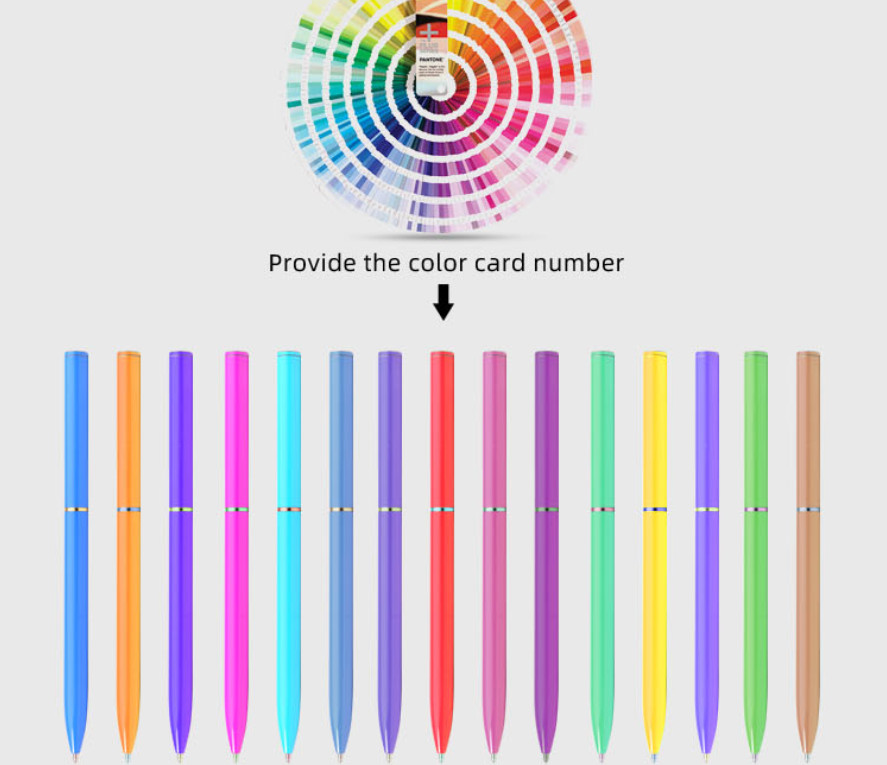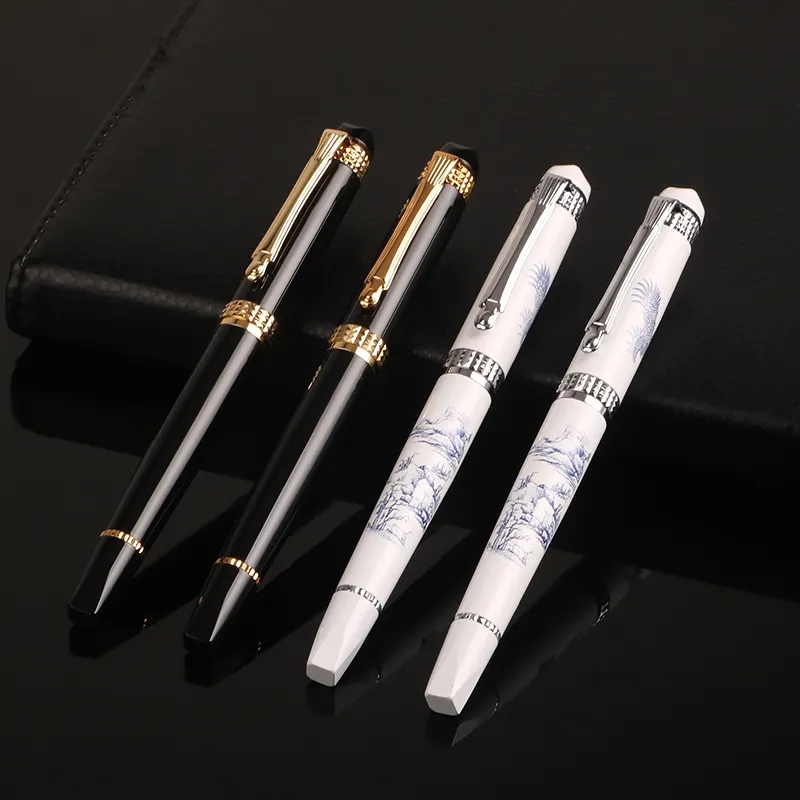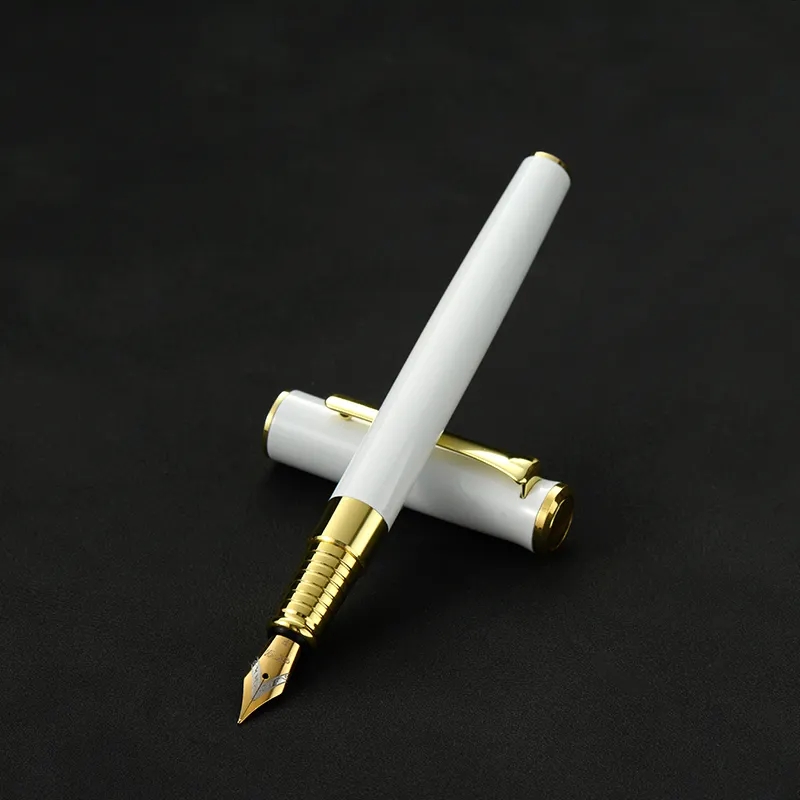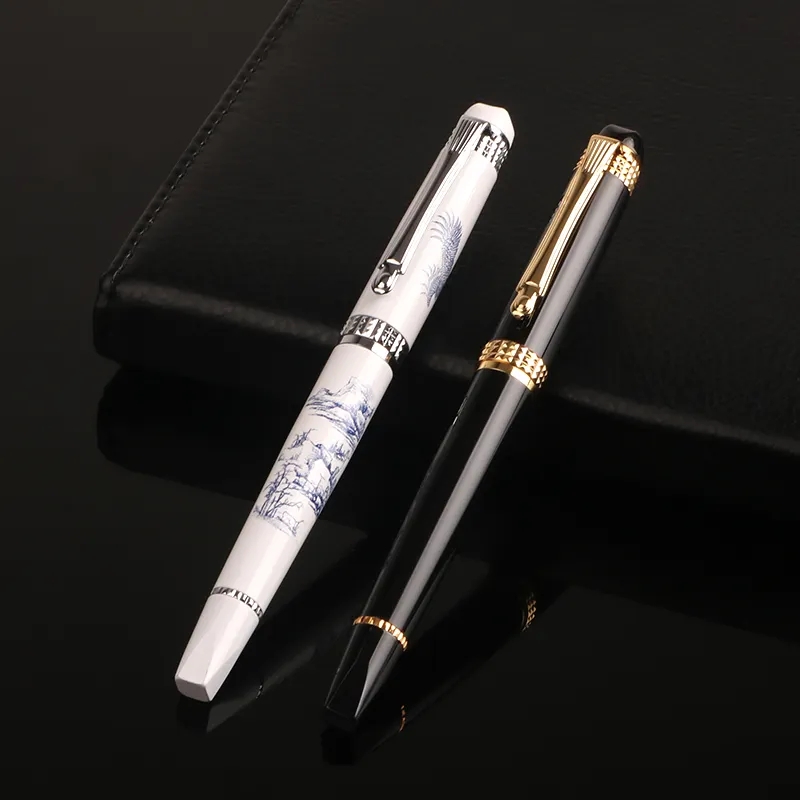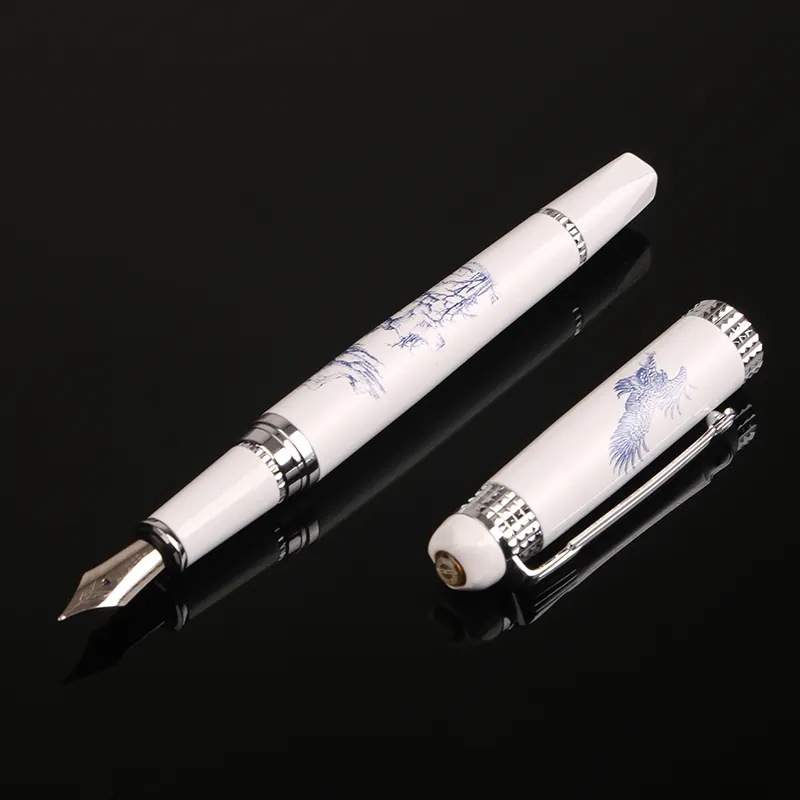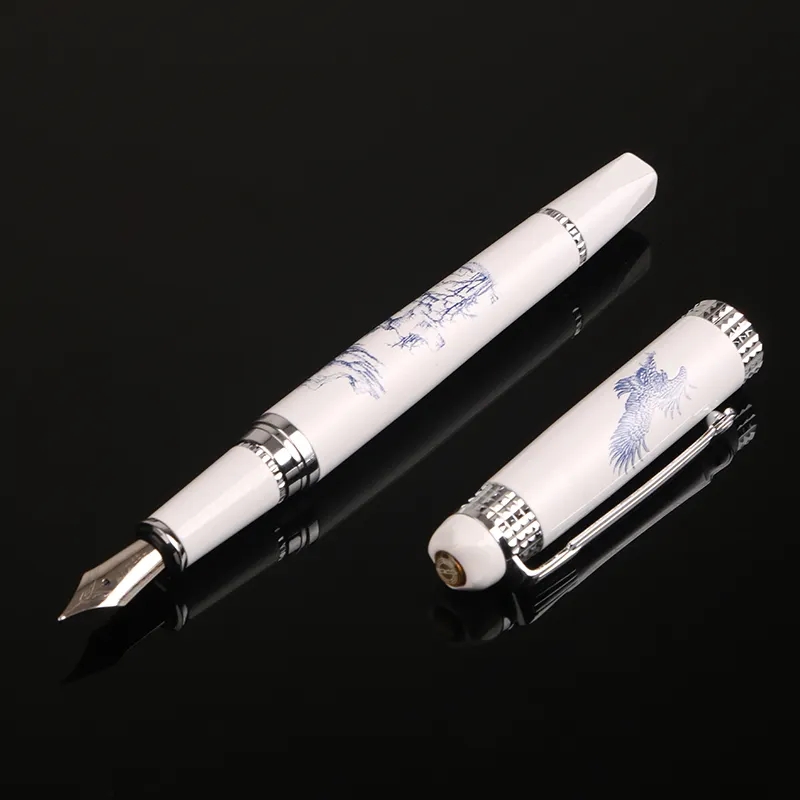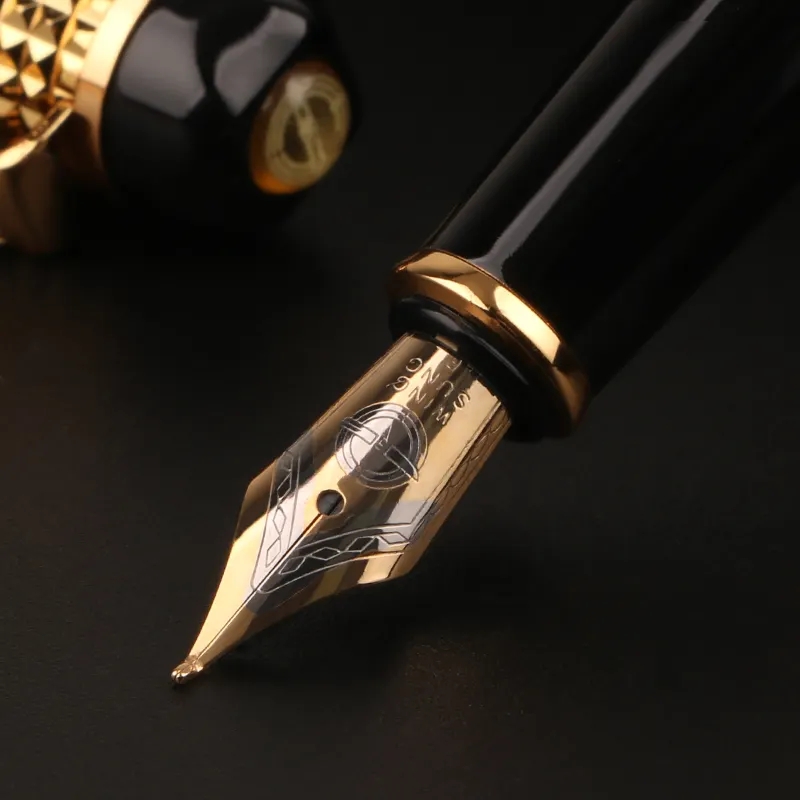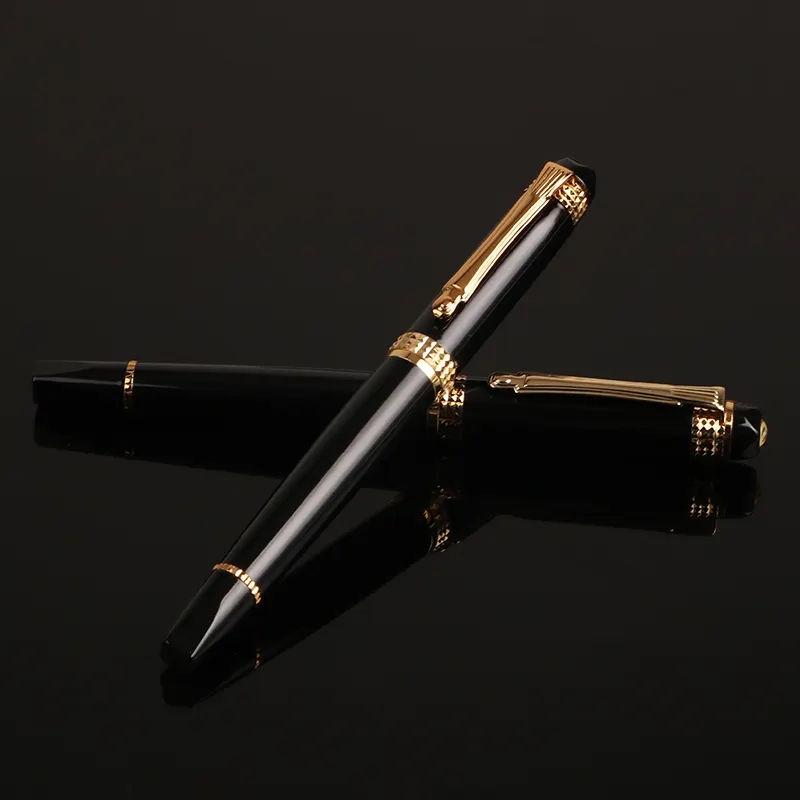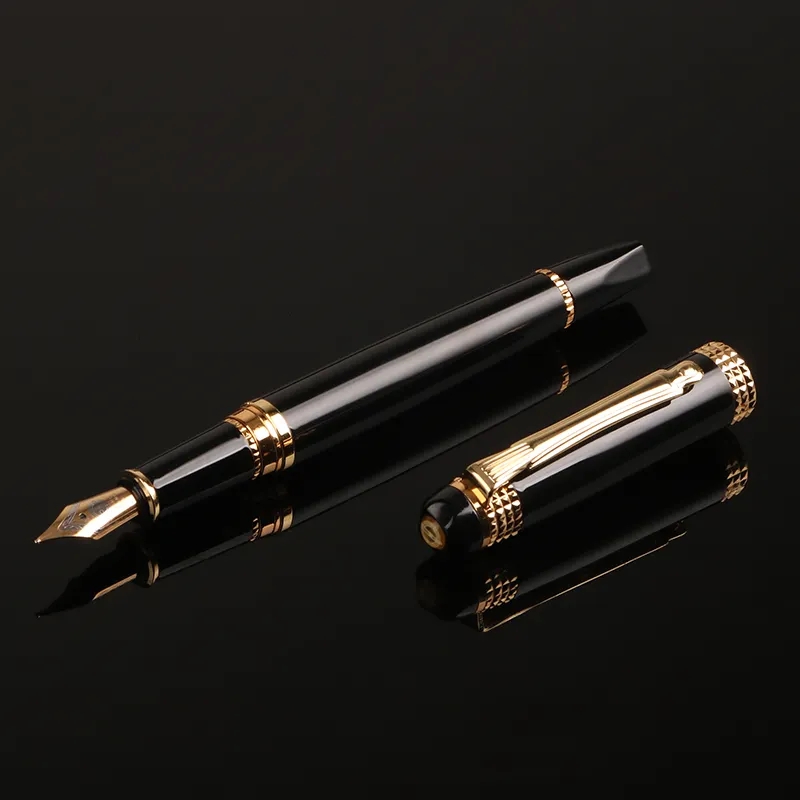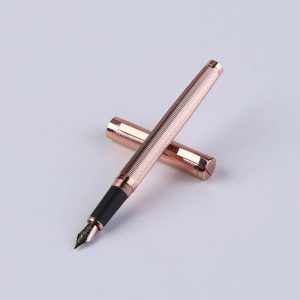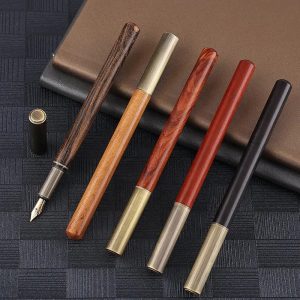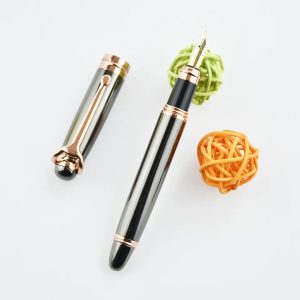Fountain Pens: The Timeless Craftsmanship of Writing
Introduction
In a world that often rushes towards digital solutions, the fountain pen stands as a symbol of timeless elegance and precision in the art of writing. This article embarks on a journey to delve into the timeless allure, rich history, and distinctive characteristics of fountain pens, reminding us why they continue to captivate aficionados of the written word.
The Artistry of Fountain Pens
Fountain pens are the epitome of the perfect marriage between form and function. Their nibs, often meticulously crafted from materials like stainless steel or gold, offer a unique writing experience. The nib’s delicate touch on paper achieves a balance between precision and fluidity, allowing writers to convey their thoughts with grace. Fountain pens offer a spectrum of preferences, with nib sizes ranging from extra-fine for intricate detail to broad for bold expression.
A Legacy of Significance
The legacy of the fountain pen reaches back to the 17th century, but it reached its zenith in the 19th century, thanks to inventors like Lewis Waterman who perfected its design. Since then, fountain pens have graced the hands of scholars, poets, and leaders worldwide. They have been witnesses to the signing of historic documents, the creation of literary masterpieces, and the embodiment of personal thoughts and emotions.
Advantages of Fountain Pens
Effortless Writing: Fountain pens glide gracefully across paper, requiring minimal pressure, reducing hand fatigue during long writing sessions.
Ink Variety: A plethora of ink colors and types are available, enabling writers to express themselves creatively and uniquely.
Sustainability: Fountain pens are eco-friendly as they are refillable, contributing to a reduction in disposable plastic waste and advocating environmental responsibility.
Distinctive Design: Meticulous craftsmanship often adorns fountain pens, elevating them beyond mere writing tools to exquisite works of art.
Enhanced Handwriting: Many enthusiasts find that their handwriting improves with fountain pens, encouraging a more deliberate and controlled writing style.
Selecting Your Fountain Pen
Choosing the perfect fountain pen involves considering factors such as nib size, ink compatibility (cartridge or bottled ink), and the pen’s material (metal, resin, wood). Fountain pens offer personalization options, allowing users to select ink colors, nib types, and design elements that resonate with their individual preferences and style.
Conclusion
Fountain pens are more than mere writing instruments; they are embodiments of sophistication, precision, and the enduring craftsmanship of a bygone era. In a digital age where convenience often overshadows tradition, they stand as a testament to the timeless charm of analog writing. Embrace the elegance and artistry of fountain pens, and rediscover the joy of writing with a touch of timeless refinement and grace.
